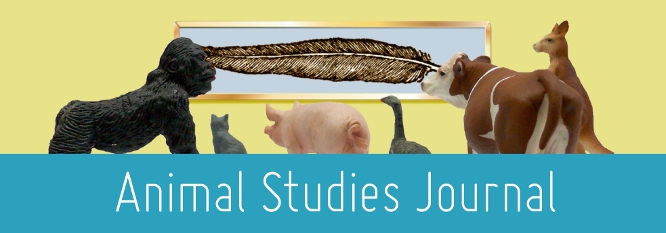Home > assh > ASJ > Vol. 6 (2017) > No. 1

Abstract
Stories of species extinction interpellate and legitimate each other, accumulating, in a discrete and synchronous order, a coherent history of extinction that allows them to be utilised in scientific and historical discourses as authoritative signs. These stories also translate and inscribe social and cultural encounters, however, where groups of different human and nonhuman animals interacted and made sense of these interactions. Great auks, for example, possess stories that exceed the overdetermining official account of their extinction, having endured for at least one hundred thousand years learning and passing on the skills to live and flourish in the North Atlantic, co-existing with and surviving the actions of diverse groups of humans and other predators, and countless changes to the environment around them. Encountering extinction, that is, taking the deaths of entire groups of animals and their future generations back to those moments of encounter and contact, and those spaces of translation and interpretation, opens these times and spaces up to the possibilities of other relationships and perspectives, and other subjectivities and interpretations, including those of animals connected to a past preceding and far exceeding that of the dominant narrative.
Recommended Citation
De Vos, Rick, Provocations from the Field - Extinction, Encountering and the Exigencies of Forgetting, Animal Studies Journal, 6(1), 2017, 1-11.Available at:https://ro.uow.edu.au/asj/vol6/iss1/2
Included in
Art and Design Commons, Australian Studies Commons, Creative Writing Commons, Digital Humanities Commons, Education Commons, Feminist, Gender, and Sexuality Studies Commons, Film and Media Studies Commons, Fine Arts Commons, Philosophy Commons, Social and Behavioral Sciences Commons, Theatre and Performance Studies Commons

